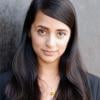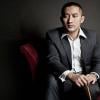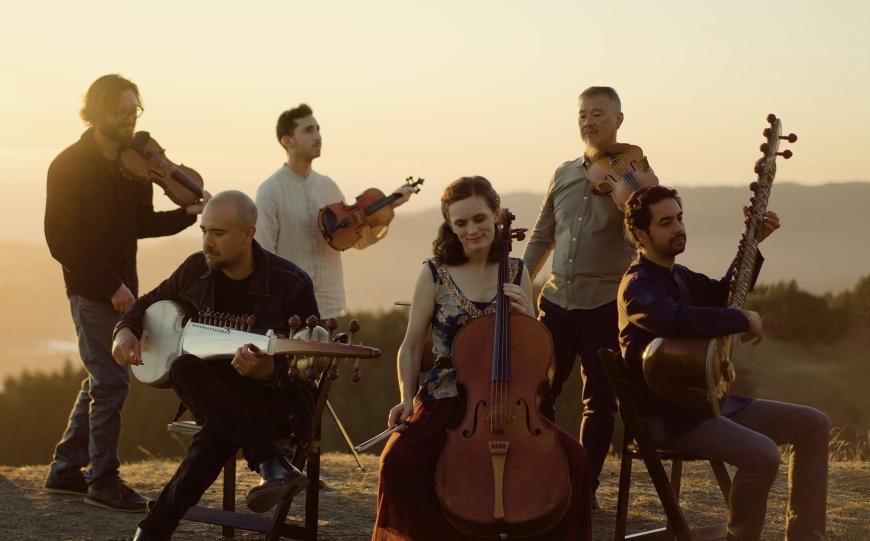
There are multiple wonderful meanings to the titling of The Resonance Between, a collaborative composition released as a digital album in September and now set for its live premiere at the Presidio Theatre on Oct. 13 and 14.
The resonance is personal for Alam Khan and Arjun K. Verma, co-composers and virtuosos of the Indian sarod and sitar, respectively. “This whole production is, for us, an ode to my father and grandfather,” says Alam, the son of the late Ali Akbar Khan, who played sarod alongside sitar master Ravi Shankar when both men introduced North Indian classical music to the U.S. and much of the rest of the world in the 1950s.
Alam’s grandfather, Allauddin Khan, was both his son Ali Akbar’s musical guru and teacher and Shankar’s. “And my grandfather started the Maihar Band, playing both Indian music and Western orchestral stuff, back in India in the early 1900s,” Alam points out. “And my father also did that. When he came here, he had the New Maihar Band, made up of his American students.” At the Ali Akbar College of Music in Marin County, the middle Khan established an orchestra and recorded several crossover albums, “which is where a lot of our inspiration is drawn from,” says his son.
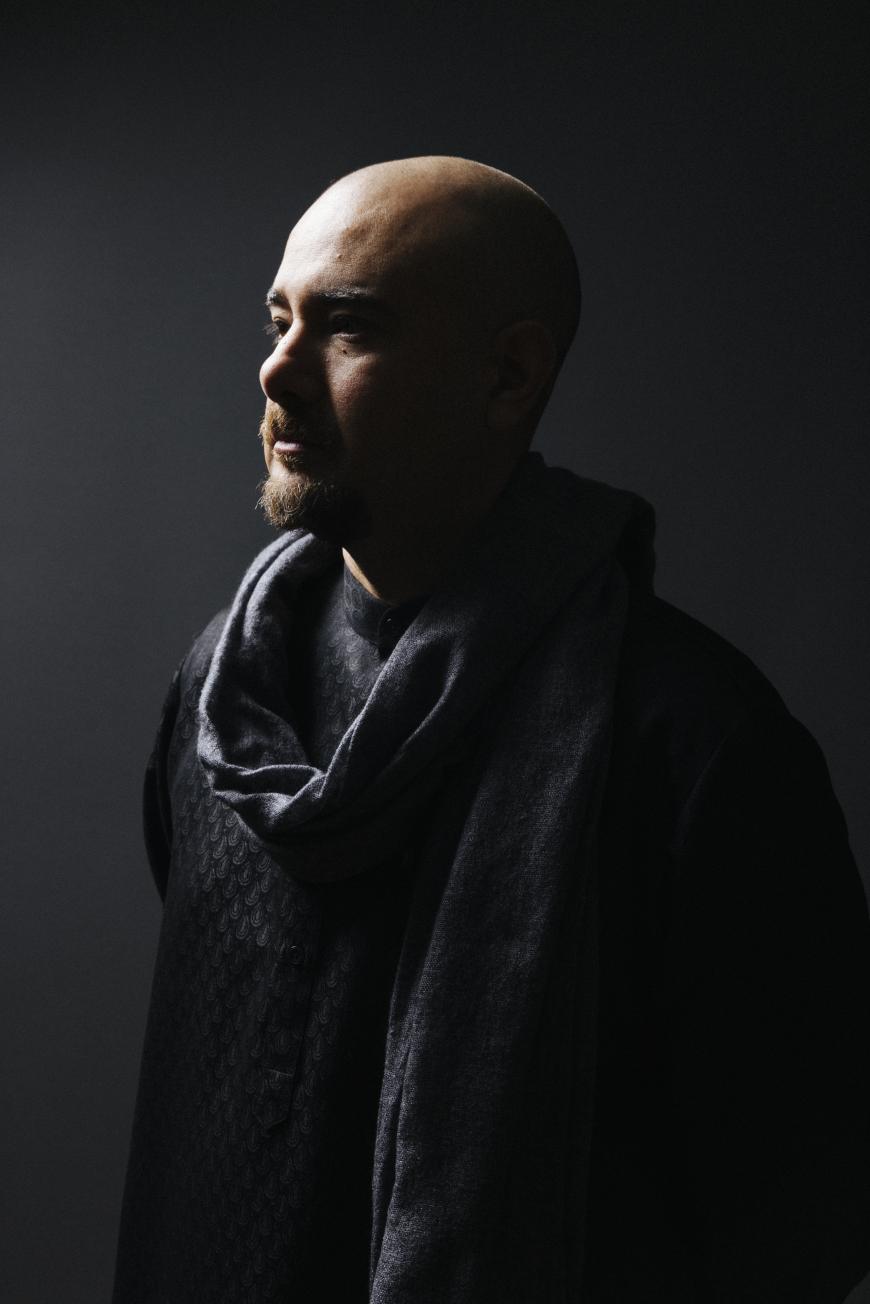
Both Alam and Verma commenced study with Ali Akbar as children and are now on the faculty at the college. With Indian fathers and white mothers, both men “have always existed in a space between the cracks,” says Verma. “Resonancer epresents for us a search for identity, particularly across the cultural poles between which we find ourselves. And it’s really an American story, something a lot of people can relate to.”
The piece also enacts an audible and arguably unprecedented resonance between Indian and Western classical traditions. “As far as we know, it’s the first time a full-length composition has been written for sitar, sarod, tabla, and string quartet,” says Verma. Composer Jack Perla, founder of the ensemble Music Without Walls, was brought in to help work on “bringing real quartet writing to the fore because it’s such a good fit for sarod and sitar,” as Perla puts it. After surveying local chamber ensembles, Alam and Verma chose the Del Sol Quartet, who “really piqued our interest and were open to different intonation and rhythmic challenges,” Verma notes.
“We hadn’t done any Indian music, but we’d done Turkish, Persian, and Chinese,” says Del Sol founder and violist Charlton Lee. “We have a whole system of notation from Ben Johnston, a just-intonation composer who studied with Harry Partch, and it helps us zero in on pitch relations in a way most classical musicians have never heard of. It started kicking in when we were working in Persian modes, where you have 11th and 13th harmonics that come into play, but we use it even when we play Bach, to adjust to get the maximum resonance out of chords.”
Perla was surprised to find that the Indian-Western amalgamation turned out to be “more ‘classical’ than much of recent Western classical music because what the guys brought to the table clung so strongly to the core elements of music, including the overtone series.”
“There’s almost this wormhole across time that we’ve discovered,” Verma responds. “The aesthetic of where Hindustani classical now is similar to the Western classical period from Beethoven back to Bach and even earlier, though these traditions have never had a great conversation because Europe was a colonial power and there wasn’t much respect for indigenous traditions, including other classical musics. Now that we’re graduating from all the colonial stuff, we’re connecting through the wormhole, and Indian classical music is now open to the introduction of harmony, although we Indians have gone very deeply into melody and rhythm in a way that European classical didn’t.”
Although the recording of Resonance has gained critical commendation and, Alam reports, “millions of views for associated videos we’ve posted around the world,” the collaborators are excited about presenting the work live at the Presidio Theatre. “It’s like the difference between being a stage actor and being a movie actor,” says Lee. “In the theater, everything’s there. There are no retakes, no editing, and we’re all in the same room at the same time, which we couldn’t be for the recording.”
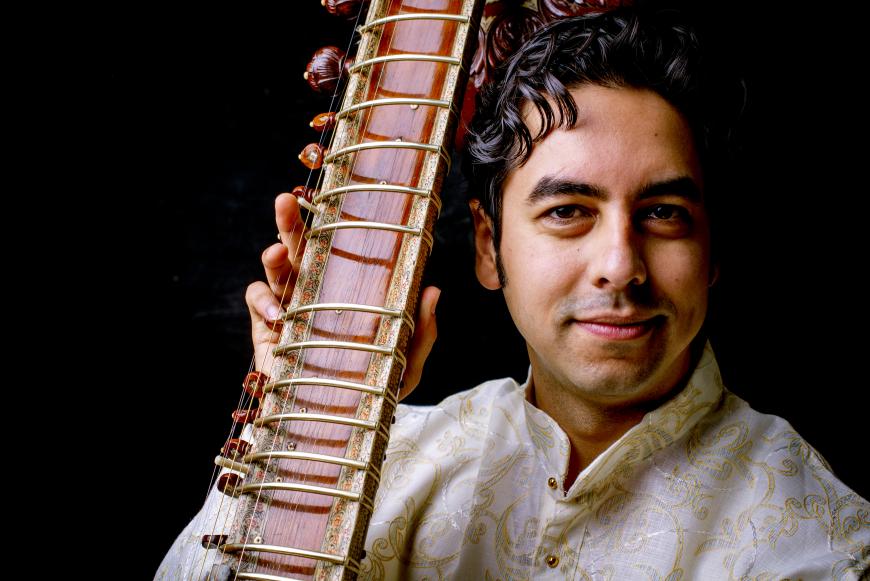
The overarching storyline of Resonance, a sort of hero’s journey, is well suited to the stage, playing out in what the creators call “chapters,” as Verma recounts. “It starts with ‘Awaken,’ which is a bright dropping into the story in a playful way, almost like children waking up in their home. Then it moves into ‘Embark,’ using the metaphor of a train journey, the beginning of an adventure. ‘Soliloquy’ is sort of lost in the desert, losing identity. Then there are battle scenes and ‘Ascent,’ coming back to a wise place, and ‘The Moon and the Mountain,’ which symbolically is seeing the whole thing and having the wisdom of transcending all the boxes.”
The core melody of that culminating chapter is borrowed from Ali Akbar Khan’s most famous composition, Raag Chandranandan. “It’s the pinnacle of realization of who you are, what you’re doing,” says Alam. “The moon is a kind of lighthouse, which my father is to us in his guidance and teaching, wherever we go on the waters of creation. It’s our ode to him and to creating from this place of strength.
“Some of the chapters are composed,” Alam notes, “but some, like ‘Rebirth,’ are minimal-style loop-based music with ambience.” For the live performance, “we’ll extend some of the Indian classical sections … and Jack has composed things for the Quartet to do live, segued into the classical parts. A cool thing about our music is that it’s so improvisatory, and within a composed and fixed production, we can use our improvisational inclination and history, enhanced with lighting and visual elements.”
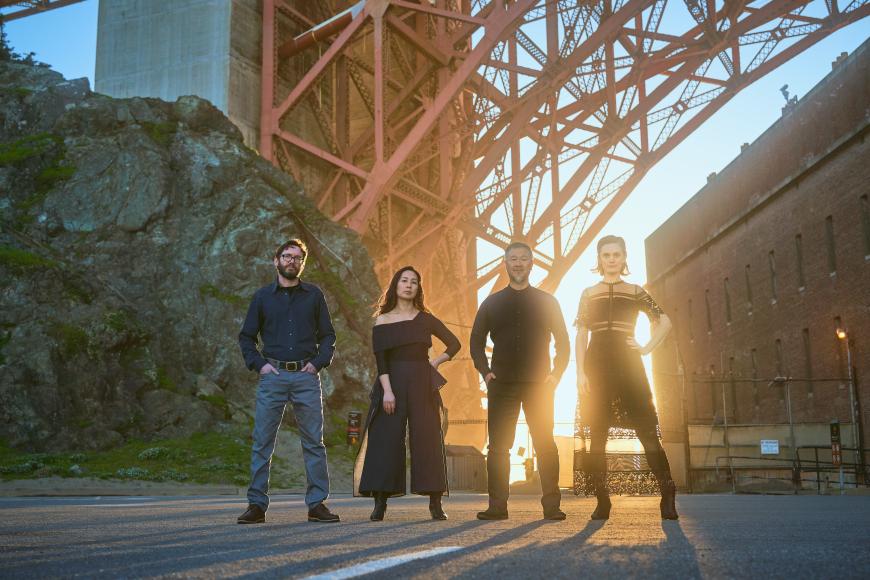
The recording of Resonance provided engineers Neil Godbole and Todd Boston an opportunity to deploy state-of-the-art technology, as Verma describes it. “Dolby Atmos format creates a dome of sound around your head, where you hear the shape of the hall you’d be sitting in. It almost resembles live music and maybe takes you back to the time of a more traditional experience, before there were recordings.” This parallels the Indian-Western fusion itself, which “has enabled us to get farther harmonically. But we were led by the example of Ali Akbar Khan because he was universally appreciated for being able to say, in two or three notes, what other artists couldn’t say with an entire concert’s worth of notes. He taught us, with extreme refinement and emotional sensitivity, how to express more with less.”
“What I want to do now is not create raags but to create contemporary music where I feel my full creative spirit can be encompassed and expressed,” adds Alam. “And it also depends on everyone else, how this resonates with them, and whether they want to be a part of it.”


